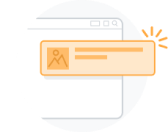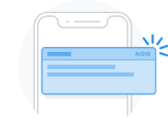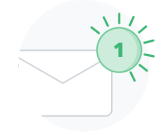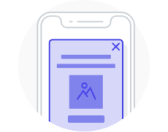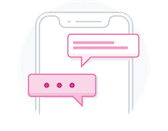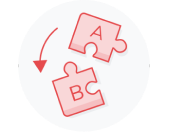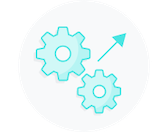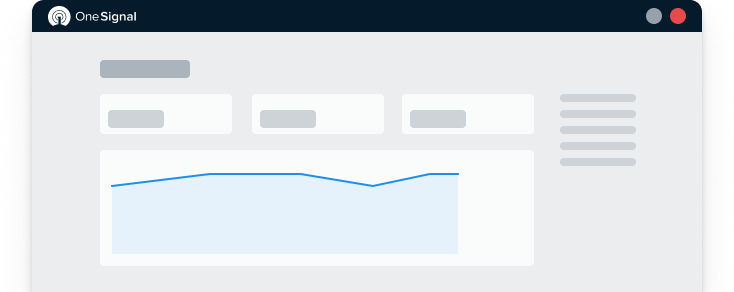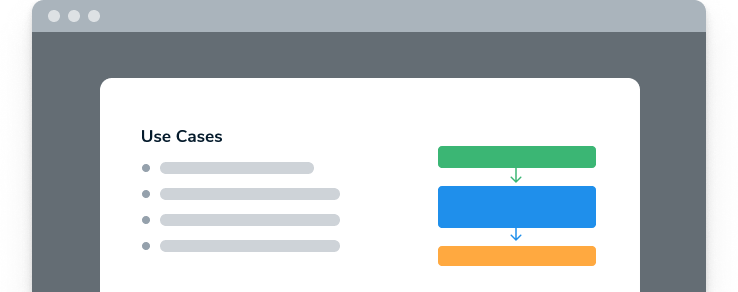Page not Found
Sorry about that! Let's get you where you need to be:
Channel Overview
SDK Guides
Native SDKs
Cross-Platform SDKs
OneSignal Video Tutorials
Questions?
If you have any questions, feel free to drop us a line!
Email us at [email protected]
Chat directly with support

